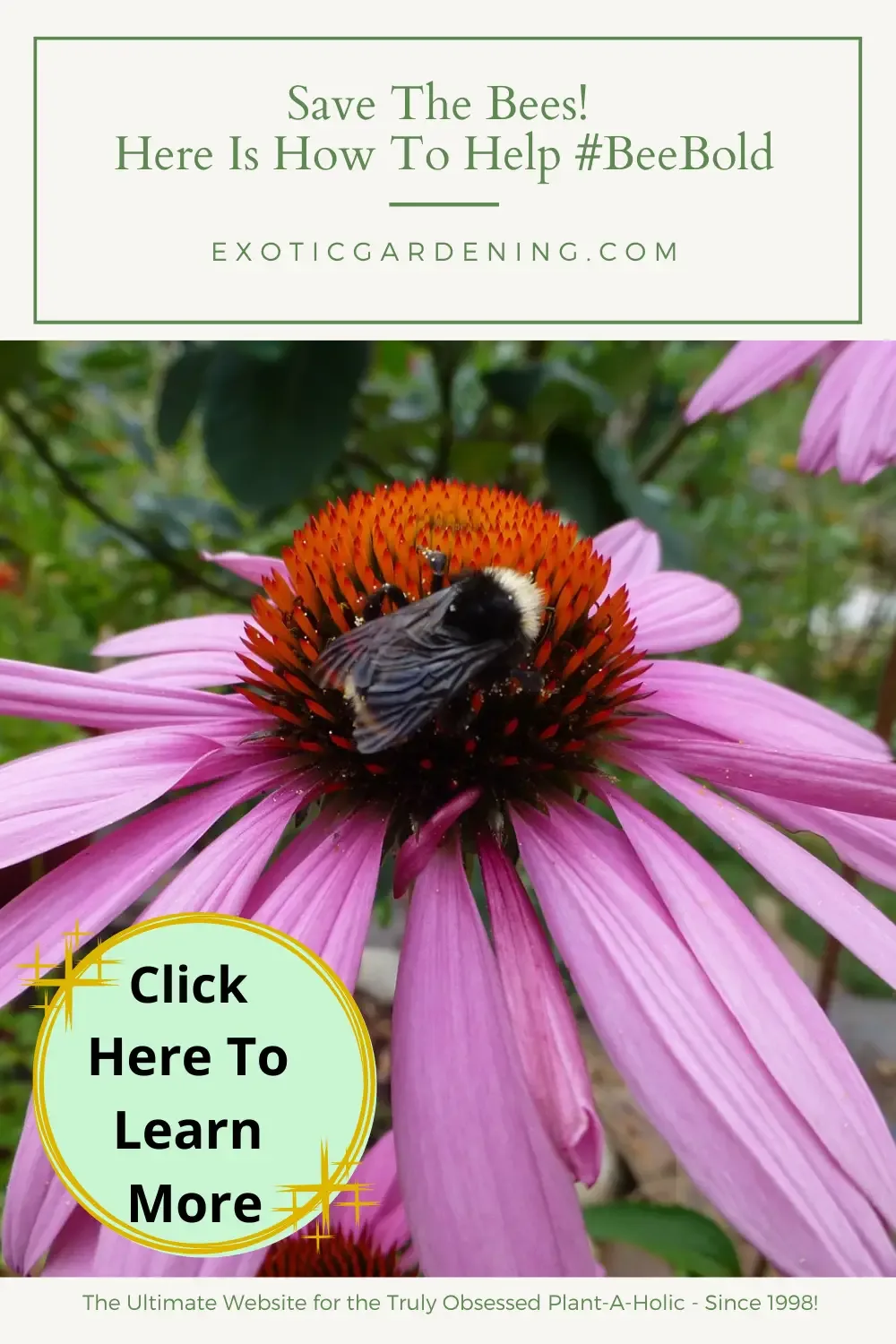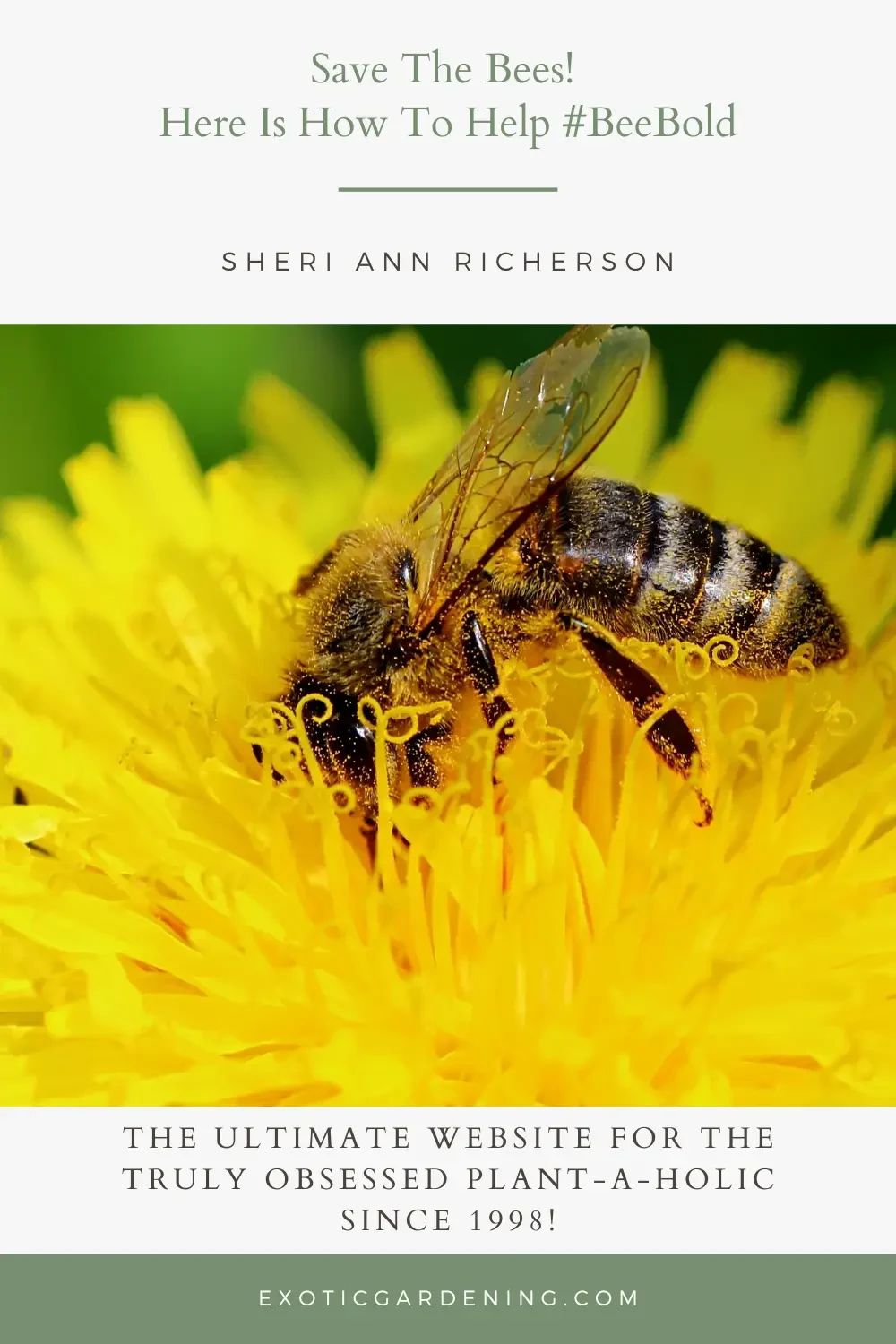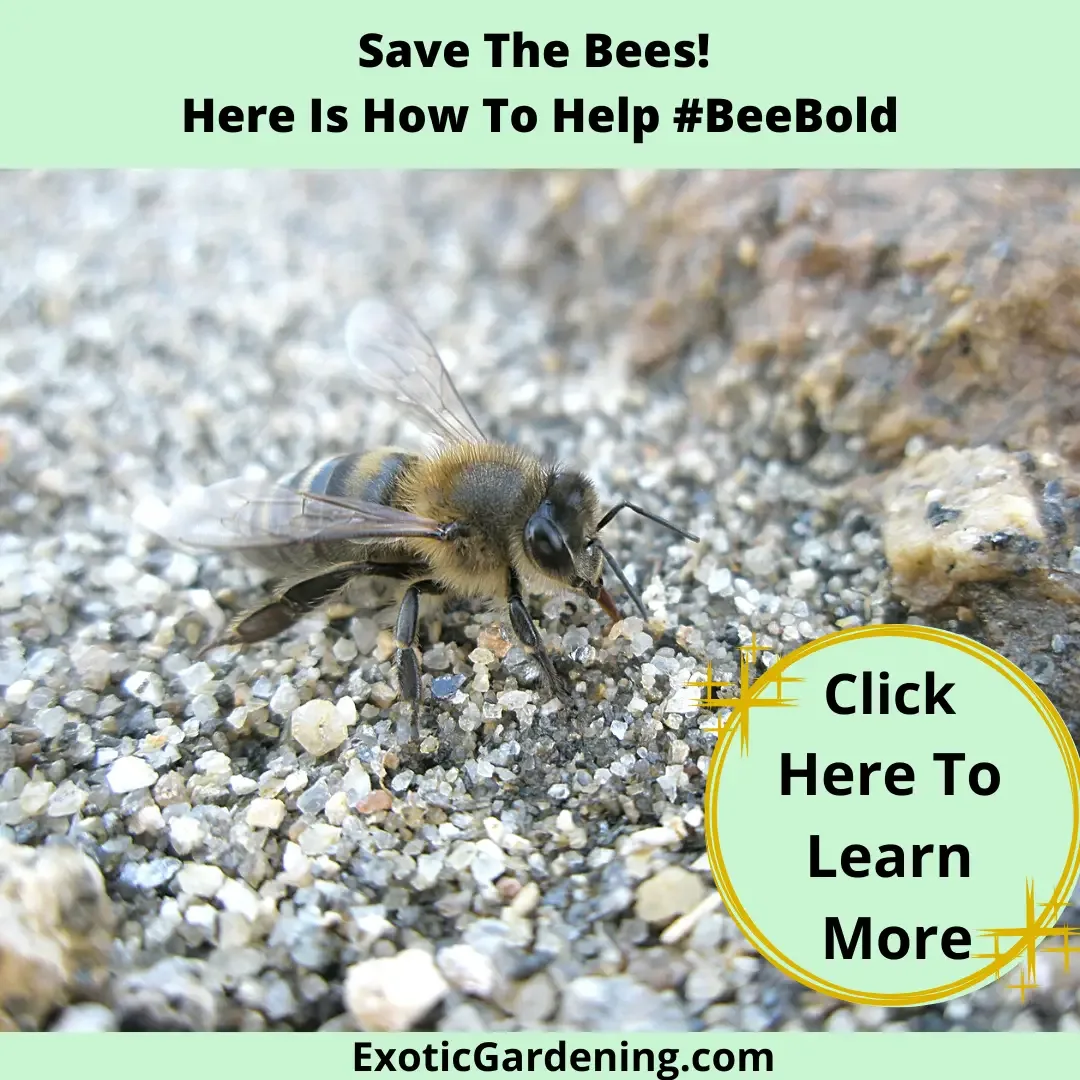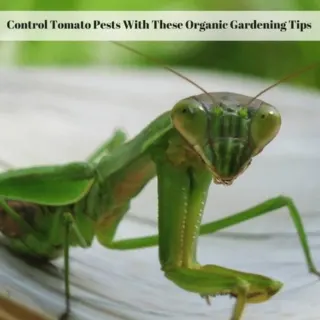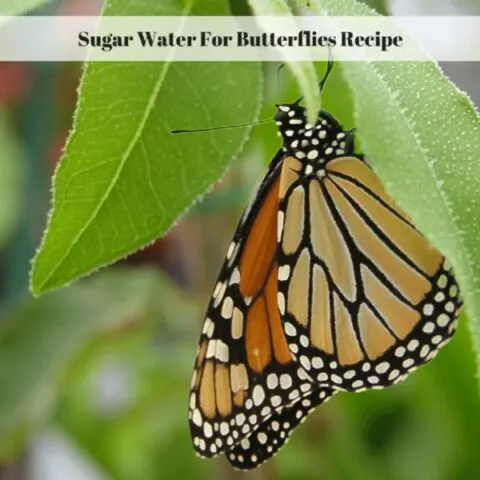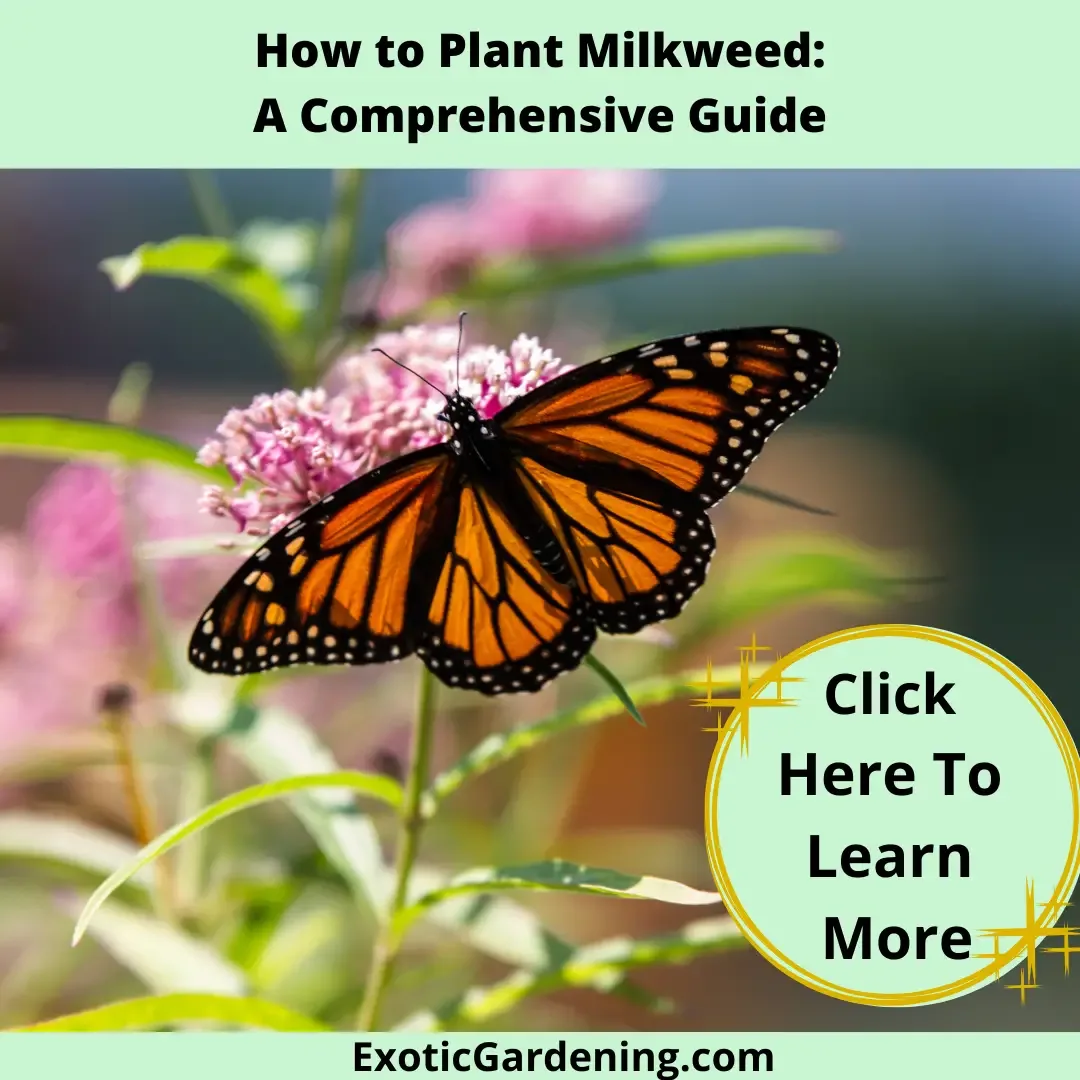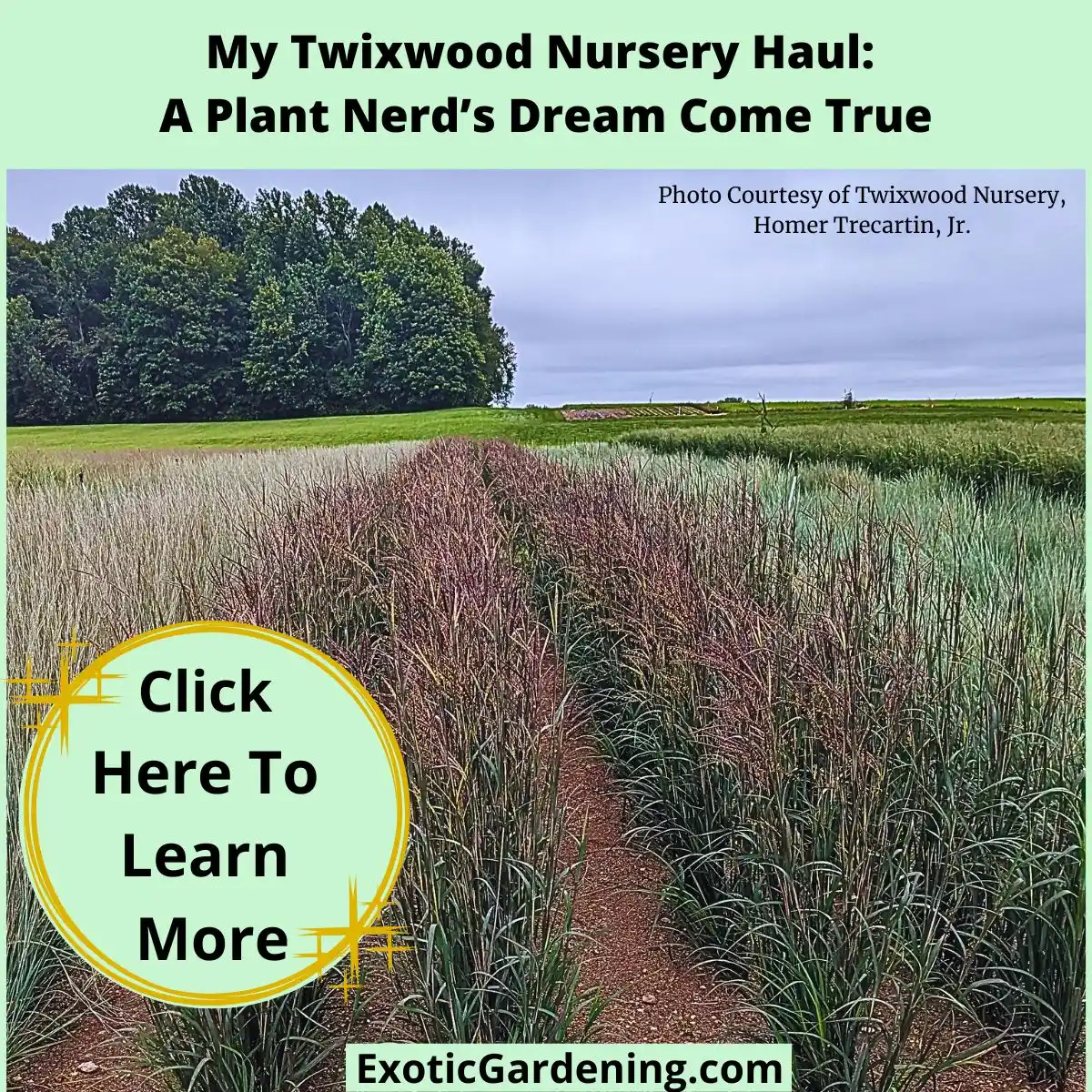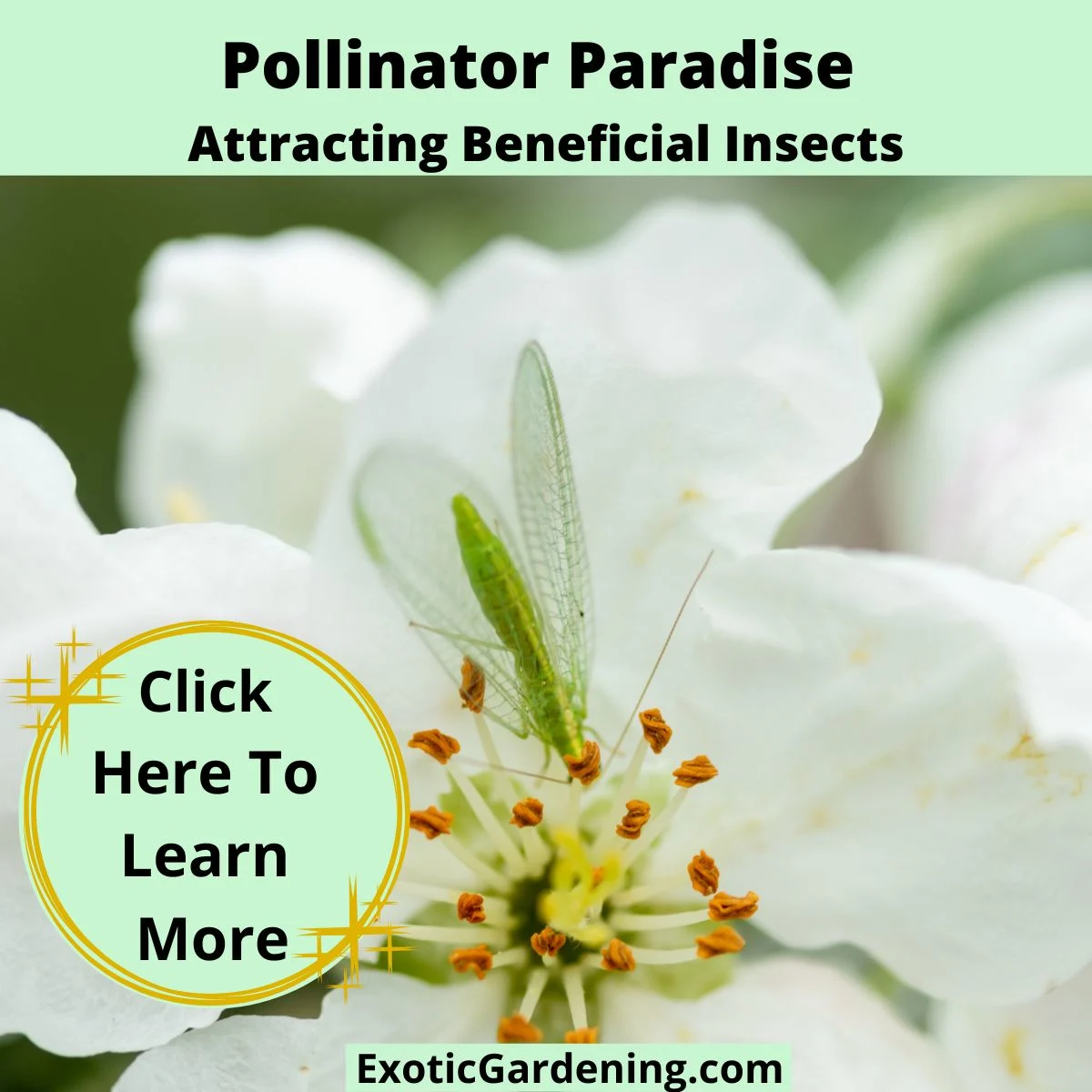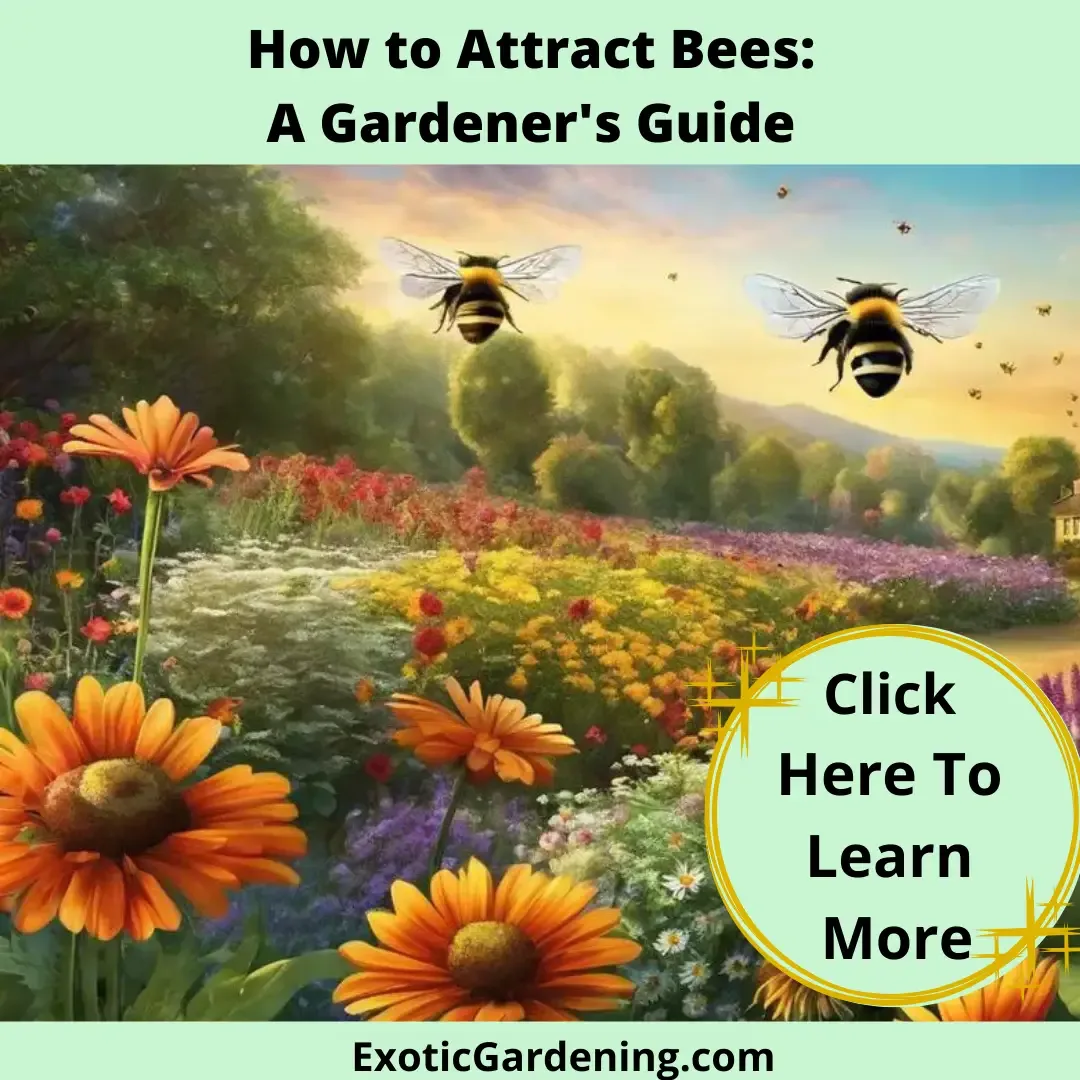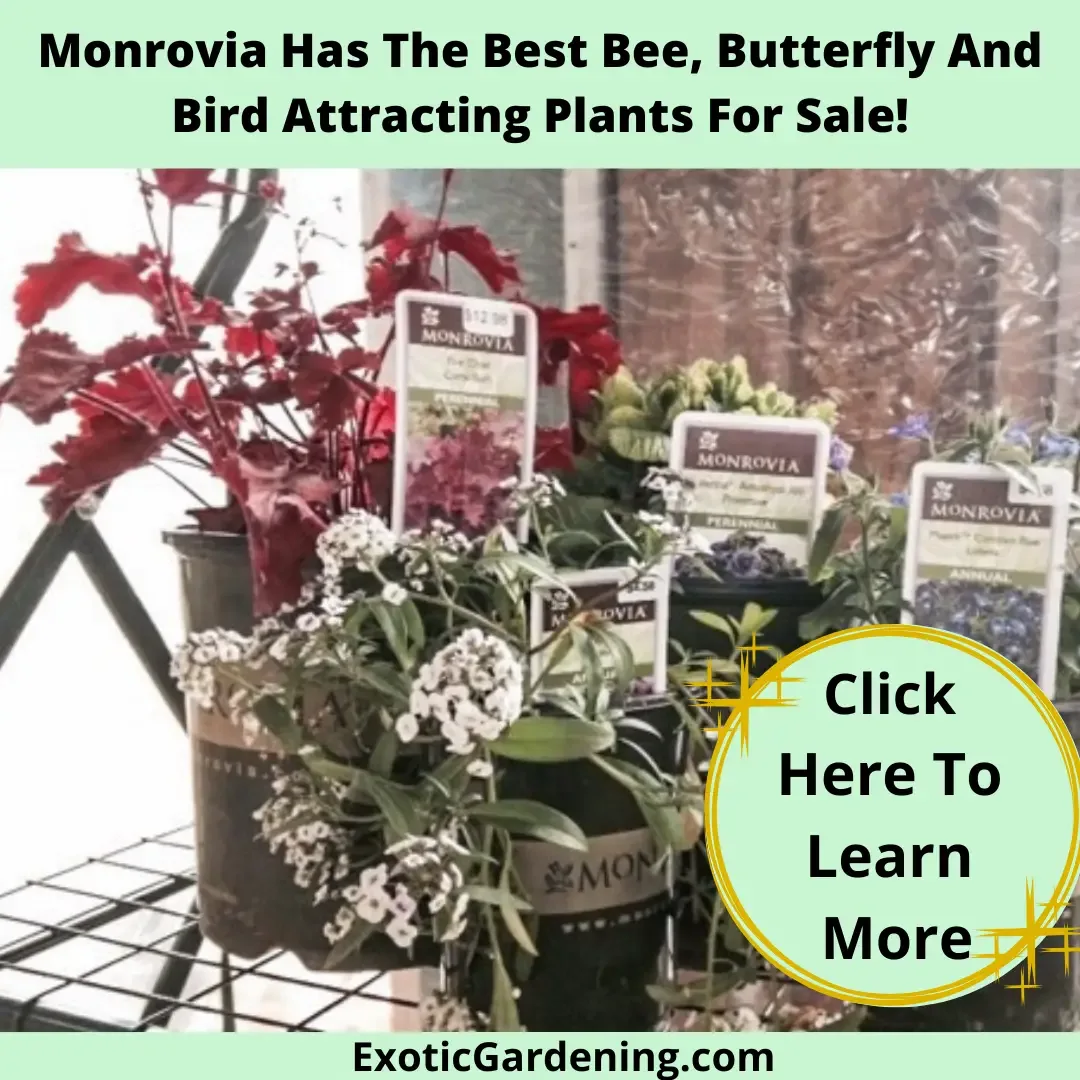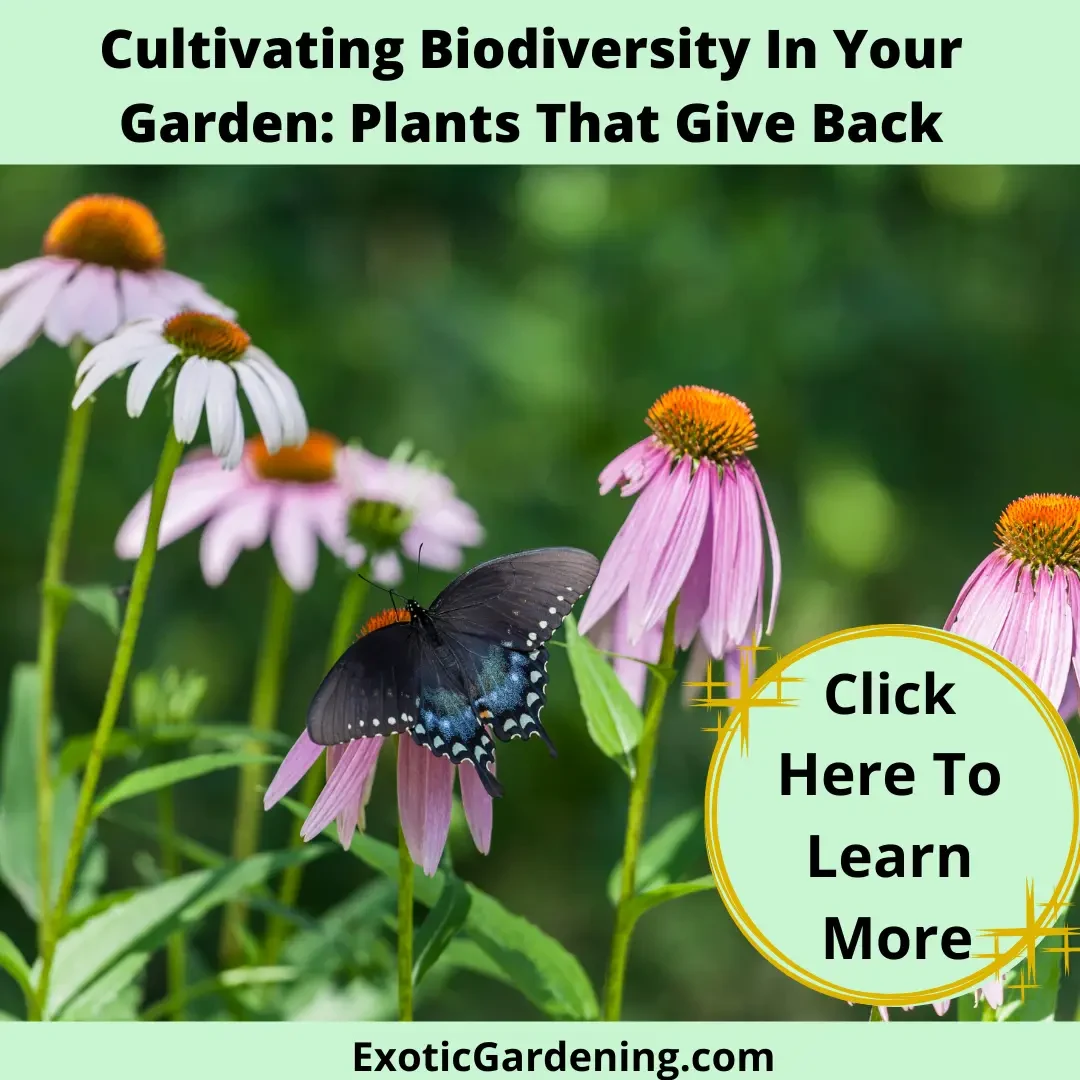Disclaimer: This is a sponsored blogger campaign on behalf of Mamavation. All opinions are my own and were not influenced in anyway.
Imagine a world without bees, where 80% fewer flowers bloom, where fruit trees bear no fruit, and where the very essence of nature's balance is disrupted.
The decline of bees and other pollinators is a crisis that threatens not only the environment but also our food system.
In this blog post, we will explore the critical role bees play in our lives, the alarming decline in bee populations, and most importantly, how you can join the #BeeBold campaign to help save the bees.
The Importance of Bees
Bees are not just insects; they are nature's unsung heroes.
They are the primary pollinators responsible for one-third of all crops and play a crucial role in our food chain.
Every third bite of food you take owes its existence to the tireless work of bees.
The significance of bees in our lives cannot be overstated.
Did you know that up to 80% of our flowering plants were pollinated by bees?
Imagine a world with 80% fewer flowers, and consequently, 80% less fruit.
Fruit trees need bees to pollinate their blossoms before producing fruit, and the same goes for many vegetables.
Without bees, the delicate dance of pollination wouldn't occur, and our food supply would suffer.
Bees don't just collect nectar; they inadvertently transfer pollen from one flower to another as they forage, ensuring that plants can reproduce.
This process, known as pollination, is essential for the growth of fruits, vegetables, and countless other crops.
Therefore, bees are not just important; they are irreplaceable.
In fact, bees are so important that Friends Of The Earth launched a new interactive "bee map" to make it fun and easy for people to learn more about bees.
Here is how you can help with the BeeBold campaign!
The Alarming Decline of Bees
Despite their critical role in our ecosystems, bees are facing a severe crisis.
Beekeepers have been losing an average of 30% of their hives in recent years.
Some beekeepers have been forced to abandon their operations because the losses are unsustainable.
Farmers, too, are struggling to meet their pollination needs for crops like almonds and berries due to the decline in bee populations.
Bees and other pollinators are vital for two-thirds of food crops, including almonds, squash, cucumbers, apples, oranges, blueberries, and peaches.
One out of every three bites of food we consume depends on honeybees for pollination.
The situation is dire, and it's not just the bees that are suffering.
Bees really are important, in fact as far as I am concerned they are the most important insects on the planet and certainly the most important pollinator we have.
Without bees we don't have natural honey - and while yes, you can make honey yourself, it is not as nutritious or as delicious as the honey bees make.
The sad part is bees are dying off at an alarming rate.
Here are some facts:
- Beekeepers are losing an average of 30% of their hives in recent years. Some beekeepers are giving up completely because the loss if too high to be sustainable.
- Farmers are unable to meet their pollination needs for crops such as almonds and berries because of bee decline.
- Bees and other pollinators are essential for two-thirds of food crops such as almonds, squash, cucumbers, apples, oranges, blueberries and peaches.
- One out of every three bites of food we eat was pollinated by honeybees.
- Neonics can last in soil, water and the environment for years.
- Neonics kills bees outright.
- Neonics also harm butterflies, dragonflies, lacewings, ladybugs, birds, earthworms, mammals and aquatic insects. They are also harmful to soil microbes.
The Role of Neonics
One of the significant contributors to bee decline is the use of neonicotinoid pesticides, often referred to as neonics.
These systemic pesticides are highly toxic to bees, and shockingly, they are widely used in both home gardening and agricultural applications.
Neonics can persist in soil, water, and the environment for years, leading to long-term harm to bees.
Neonics have devastating effects, including direct bee deaths and harm to other beneficial insects like butterflies, dragonflies, ladybugs, and more.
They also pose threats to birds, earthworms, mammals, and aquatic insects.
The widespread and continued use of these bee-toxic pesticides is unacceptable and poses a severe threat to our food supply, environment, and economy.
How to BeeBold and Save the Bees
Now that we understand the critical role of bees and the threats they face, it's time to take action and BeeBold in our efforts to save them.
Here are some impactful steps you can take:
- Advocate for Change
Let your voice be heard by urging the U.S. Environmental Protection Agency (EPA) to take action and protect the environment. Both the USA and Canada urgently need stronger regulations on neonicotinoid pesticides. European countries and Ontario, Canada, have already implemented laws restricting their use. Encourage the EPA to follow suit and ban the sale and use of bee-toxic pesticides.
- Support Bee-Friendly Retailers
Many retailers have taken steps to remove bee-harming pesticides from their shelves. Support these businesses and let them know you appreciate their efforts. Some of these retailers include BJ's Wholesale Club, Home Depot, Lowe's, Whole Foods, Homebase, B&Q, and Wickes. Encourage other retailers to follow their example and prioritize the well-being of bees.
- Sign Petitions and Make Calls
Join the millions of Americans who have signed petitions calling on the government to protect bees and other pollinators. Call the President at 202-456-1111 and urge him to direct his administration to take action against toxic pesticides. Additionally, contact your Members of Congress at 202-224-3121 and encourage them to support the Saving America’s Pollinators Act.
- Create a Bee Sanctuary
You can make a significant difference right in your own backyard. Food and shelter are essential for the survival of bees and other pollinators. When bees search for suitable places to set up their nests, they seek environments that offer both sustenance and protection. Their preference leans toward native plants that have been cultivated organically. To create a pollinator-friendly garden, gardeners should consider the following steps:
Step 1: Provide Habitat
- Select Native Plants: Native plants are an excellent choice for your garden as they are already well-adapted to your local environment. They can better withstand changes in weather and resist native pests. By choosing native plants, you are providing both a food source and a familiar habitat for pollinators.
- Avoid Treated Seeds: When growing plants from seed, opt for untreated varieties. Treated seeds may contain harmful pesticides, such as neonicotinoids, which can have devastating effects on bees and other beneficial insects.
- Support Local Initiatives: Look for local groups or nurseries that specialize in native plant cultivation. These organizations often have a wealth of knowledge about which plants are best suited for your region and can offer guidance on creating a bee-friendly garden.
- Mix Perennials and Woody Plants: For a well-balanced garden that attracts pollinators year-round, incorporate a mix of herbaceous perennials and woody plants like trees and shrubs. Perennials return each year, providing consistent food sources, while woody plants may bloom at different times during the season, offering additional forage opportunities.
- Prioritize Native Trees and Shrubs: Native trees and shrubs not only provide food for pollinators but also offer shelter and nesting sites. They are essential components of a thriving pollinator habitat.
- Plant in Patches: Create large patches of flowers in your garden rather than scattering them. This arrangement makes it easier for bees and other pollinators to locate the specific plants they need for foraging, reducing the time and energy wasted flying long distances.
- Provide Access to Soil: Bees require access to soil for nesting purposes. To accommodate ground-nesting bees, consider leaving some areas of your garden without heavy mulch. You can also place containers of sandy garden soil strategically around your garden, providing convenient nesting options for these essential pollinators.
By following these steps, you can establish a thriving pollinator habitat in your garden, ensuring a continuous supply of food and shelter for bees and other beneficial insects.
Your efforts will contribute significantly to the preservation of these vital pollinators and the health of our ecosystems.
Step 2: Provide Water Sources
Water is essential for bees, and it's crucial to offer them a safe and accessible water source.
Bees need hydration, and providing a suitable water supply helps prevent them from drowning, especially in deep birdbaths.
Here's how to create a bee-friendly water source in four simple steps:
A. Choose a Shallow Container: Select a shallow container for your bee bath. This container can take various forms, such as a birdbath, a pan, a dish, or even a shallow bucket. Be creative and think outside the box as long as it is shallow and can hold water. Ensure that the chosen container has never been in contact with chemicals or harmful substances.
B. Add Perching Materials: Fill the container with rocks, pebbles, or wine corks. These materials serve as landing platforms for bees, allowing them to safely perch while they drink from the water source. The goal is to create a comfortable and secure area for bees to access the water.
C. Maintain Fresh Water: Refresh the water in the container once or twice a day. Keeping the water clean and fresh is essential. Be sure to maintain the water level below the rocks or perching materials to ensure the bees' safety. On hot days, bees can consume a significant amount of water to stay hydrated.
D. Strategic Placement: Place the bee bath on the ground in your garden or near your bee house, if you have one. Consider creating multiple bee baths, especially if you have a large property. This ensures that bees can access water easily, no matter where they are in your garden.
By providing a shallow, safe, and consistently maintained water source, you contribute to the well-being of bees and help ensure their survival.
This simple yet impactful step can make a significant difference in supporting these essential pollinators.
Step 3: Provide A Bee Nest
Creating a welcoming environment for bees also includes offering them a suitable place to nest.
You can either purchase a bee nest, like the bee'n'bee nest, or get creative and make one yourself if you have a crafty streak.
What matters most is ensuring the bee nest is strategically located to offer protection from the wind and provide a comfortable shelter for these essential pollinators.
Invest in or Craft a Nest: Consider acquiring a pre-made bee nest or embark on a DIY project to craft one yourself. The key is to provide a nesting site that meets the specific needs of bees and encourages them to establish their colonies.
Strategic Placement: Carefully choose the location for the bee nest. It should be positioned in an area shielded from strong winds, which can disrupt bee activity and nest stability. Ideal locations include spots against flat surfaces like a piece of privacy fence or other protected areas within your garden.
By offering bees a well-placed and secure nesting site, you play a significant role in supporting their populations and fostering a thriving pollinator habitat in your garden.
Step 4: Embrace Chemical-Free Gardening
A crucial aspect of creating a bee-friendly garden is maintaining a chemical-free environment that prioritizes the well-being of pollinators.
While pest control may sometimes be necessary, it's essential to adopt natural and eco-friendly methods rather than resorting to pesticides, including organic ones, that can harm bees and other beneficial insects.
Avoid All Pesticides: The best practice is to abstain from using any type of pesticide, even those labeled as organic, on your garden, lawn, or landscape. Pesticides can have detrimental effects on pollinators and disrupt the delicate balance of your garden's ecosystem.
Prioritize Beneficial Insects: Instead of reaching for pesticides, focus on creating a habitat that attracts beneficial insects that naturally control pests. Beneficial insects like ladybugs, lacewings, and parasitic wasps play a vital role in maintaining a healthy garden. Provide them with the environment they need, and they will help manage unwanted pests.
Choose Natural Remedies: In cases where pest control is necessary, opt for natural remedies and eco-friendly pest control methods. Be sure to research and select remedies that are safe for bees and other pollinators. Some effective options include insecticidal soaps, horticultural oils, and other eco-friendly pest control products.
Timing Matters: If you must use pest control measures, apply them during the evening or nighttime when bees are less active and have returned to their hives. This minimizes the risk of direct exposure to pollinators.
By embracing chemical-free gardening practices and focusing on natural alternatives, you create a garden environment that is not only friendly to bees but also sustainable and balanced.
Your efforts will contribute to the well-being of these essential pollinators and the overall health of your garden ecosystem.
Step 5: Embrace Sustainable Landscaping
To create a truly pollinator-friendly garden, consider sustainable landscaping practices that prioritize the well-being of bees and other essential insects.
Embrace a more natural approach to your outdoor space, which not only benefits pollinators but also reduces the need for chemicals and excessive lawn maintenance.
Rethink Your Lawn: Traditional lawns often require substantial effort and, for some, the use of various chemicals to maintain their pristine appearance. However, this approach is not bee-friendly. Instead, consider replacing your lawn with flowering plants and native species that provide abundant nectar and pollen for pollinators.
Welcome Weeds and Native Plants: Rather than fighting against weeds like dandelions and clovers, recognize their value to pollinators and beneficial insects. Some weeds, such as dandelions, are not only edible but also provide essential food sources for bees. Allow these plants to flourish in your garden, creating a diverse and nourishing environment for pollinators.
Support Local Organic Farming: Extend your commitment to pollinator-friendly practices beyond your garden by supporting local organic farmers. Organic farming methods prioritize the health of pollinators by avoiding the use of harmful pesticides and chemicals. A recent Oxford University meta-study confirmed that organic farming supports 50% more pollinator species than conventional, chemical-intensive agriculture.
By embracing sustainable landscaping, you contribute to the preservation of pollinators while also reducing the environmental impact of your outdoor space.
Make the decision today to shift towards Integrated Pest Management, prioritize native plants, and support local organic farmers to create a thriving and bee-friendly ecosystem right in your backyard.
Take Action And Save The Bees #BeeBold
Bees, the unsung heroes of our ecosystems, play an irreplaceable role in our world.
Their decline poses a significant threat to our food supply, environment, and economy.
However, you have the power to make a real difference by joining the BeeBold campaign and becoming a bee advocate.
1. Advocate for Stronger Regulations
Urge for stricter regulations on pesticides, especially neonicotinoids, which are harmful to bees and other pollinators. Encourage local garden retailers to stop selling products containing these toxic chemicals. Let them know that you'll withhold your support until they prioritize bee-friendly products. Visit Bee Action for a sample letter to present to your local retailer.
2. Contact The President and Your Members of Congress
Take action by contacting the President Of The United States at 202-456-1111 and urge him to direct his administration to protect bees from toxic pesticides. Additionally, reach out to your Members of Congress at 202-224-3121 and encourage them to support the Saving America’s Pollinators Act. Your voice matters in advocating for bee protection at the highest levels of government.
3. Support Bee-Friendly Retailers
Choose to support retailers committed to bee-friendly practices. Patronize businesses like BJ's Wholesale Club, Home Depot, Lowe's, Whole Foods, Homebase, B&Q, and Wickes that have taken steps to remove bee-harming pesticides from their shelves. Your consumer choices can influence corporate responsibility.
4. Create a Bee Sanctuary in Your Backyard
Transform your own backyard into a haven for bees by following the five simple steps outlined in this guide:
- Choose native plants that are organically grown.
- Select untreated seeds or purchase native plants from local groups or organic nurseries.
- Mix herbaceous perennials with woody plants for year-round interest.
- Plant large patches of flowers to make it easier for bees to find food.
- Ensure bees have access to soil for nesting, avoiding heavy mulching.
5. Host a Brunch for Bees
Participate in Friends of the Earth's initiative to host a brunch for bees during August. This campaign aims to pressure Ace and True Value to cease selling bee-killing pesticides. Hosting a brunch is simple and accessible, even for apartment dwellers. Just snap two pictures—one showcasing items on your table pollinated by bees and another with items that were not. Your participation helps raise awareness and advocate for bee protection.
By taking these steps and joining the BeeBold campaign, you contribute to safeguarding these essential pollinators.
Together, we can ensure a vibrant and sustainable future for our planet.
Make the bold choice today to save the bees and secure the well-being of our ecosystems, food supply, environment, and economy. #BeeBold
Frequently Asked Questions (FAQ)
Q: Why are bees so important to our environment and food supply?
A: Bees are crucial for pollinating many of the crops we rely on for food. They ensure the reproduction of fruits, vegetables, and nuts, making up a significant portion of our diets. Bees also play a vital role in maintaining biodiversity and healthy ecosystems.
Q: What is the #BeeBold campaign all about?
A: The #BeeBold campaign is an initiative aimed at raising awareness and advocating for the protection of bees and other pollinators. It encourages individuals to take action, support bee-friendly practices, and engage with policymakers to strengthen regulations that safeguard these essential insects.
Q: How can I support the #BeeBold campaign?
A: You can support the campaign by advocating for stronger regulations on bee-harming pesticides, shopping at bee-friendly retailers, contacting your representatives to support pollinator protection legislation, and creating a bee-friendly habitat in your own backyard.
Q: Why are neonicotinoid pesticides harmful to bees?
A: Neonicotinoids are systemic pesticides that can harm bees by affecting their nervous systems, navigation, and foraging abilities. These chemicals can also persist in soil, water, and the environment for years, posing long-term threats to bee populations.
Q: What are some natural remedies for pest control in my garden?
A: Natural pest control methods include using insecticidal soaps, horticultural oils, and introducing beneficial insects like ladybugs and lacewings. These alternatives help manage garden pests without harming bees and other pollinators.
Q: Can I create a bee-friendly garden even if I live in an apartment?
A: Absolutely! You can create a bee-friendly container garden on your balcony or windowsill. Select bee-friendly plants, provide a water source, and avoid using pesticides to make a difference, even in a small space.
Q: How can I determine if a plant is bee-friendly when shopping at a nursery?
A: Look for native plants and inquire whether they have been organically grown. Avoid plants treated with neonicotinoid pesticides. Some nurseries specialize in bee-friendly plants and can provide guidance.
Q: What is Integrated Pest Management (IPM), and how does it help bees?
A: IPM is an eco-friendly approach to pest control that focuses on minimizing the use of pesticides. It encourages natural predator-prey relationships, reducing the impact on bees and other beneficial insects.
Q: What is the significance of supporting local organic farmers in bee conservation efforts?
A: Local organic farming practices avoid harmful pesticides and benefit pollinators. By supporting local organic farmers, you promote sustainable agriculture and protect bees' natural habitats.
Q: How can I participate in the brunch for bees initiative mentioned in the #BeeBold campaign?
A: Hosting a brunch for bees is easy! Simply gather friends or family around your brunch table, take two pictures—one showing items pollinated by bees and another with items that were not—and sign up through Friends of the Earth's website to join the campaign during August.
Q: Are there any risks associated with hosting a bee bath in my garden?
A: Bee baths are generally safe, but ensure they are shallow with suitable landing platforms like rocks or pebbles. Keep the water fresh and avoid deep containers to prevent bees from drowning.
Q: What is the role of the President and Congress in bee protection?
A: The President and Congress can influence bee protection through policy changes and regulations. You can contact them to voice your concerns and encourage policies that safeguard pollinators.
Q: How can I stay informed about the latest developments in bee conservation?
A: You can stay informed by following organizations dedicated to bee conservation, subscribing to newsletters, and participating in local beekeeping clubs or environmental groups.
Q: What can I do to educate my community about the importance of bees?
A: Host workshops, presentations, or events in your community to raise awareness about bees and pollinators. Share educational resources and collaborate with local schools or organizations.
Q: What are some benefits of transitioning from a traditional lawn to a bee-friendly garden?
A: Transitioning to a bee-friendly garden reduces the need for chemical treatments, conserves water, promotes biodiversity, and supports pollinators. It also offers a more sustainable and vibrant outdoor space.
Buzzing with Life: The Ultimate Pollinator Series
How to Plant Milkweed: A Comprehensive Guide
Discover a world of milkweed gardening: Sow Right Seeds, Burpee, Lowe's, and Amazon—your complete guide awaits!
My Twixwood Nursery Haul: A Plant Nerd’s Dream Come True
A joyful Twixwood Nursery haul sparked by a GardenComm win - vibrant perennials, fresh ideas, and pure inspiration.
Attracting Beneficial Insects
Create a pollinator paradise in your own backyard. Learn tips for attracting beneficial insects that keep your garden healthy and balanced.
How to Attract Bees: A Gardener's Guide
Discover the art of garden harmony with our guide on how to attract bees. Cultivate a vibrant haven for these essential pollinators!
Monrovia Has The Best Bee, Butterfly And Bird Attracting Plants For Sale!
Discover how to create a vibrant garden with Monrovia's bee, butterfly, and bird-attracting plants. A pollinator's paradise awaits!
Cultivating Biodiversity In Your Garden: Plants That Give Back
Discover the art of cultivating biodiversity in your garden with our expert tips on choosing plants that enrich your ecosystem.

